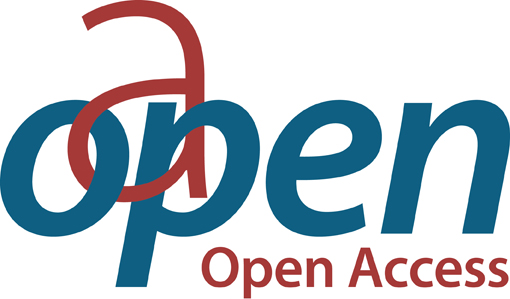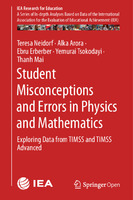Student Misconceptions and Errors in Physics and Mathematics
Exploring Data from TIMSS and TIMSS Advanced
Author(s)
Neidorf, Teresa
Arora, Alka
Erberber, Ebru
Tsokodayi, Yemurai
Mai, Thanh
Language
EnglishAbstract
This open access report explores the nature and extent of students’ misconceptions and misunderstandings related to core concepts in physics and mathematics and physics across grades four, eight and 12. Twenty years of data from the IEA’s Trends in International Mathematics and Science Study (TIMSS) and TIMSS Advanced assessments are analyzed, specifically for five countries (Italy, Norway, Russian Federation, Slovenia, and the United States) who participated in all or almost all TIMSS and TIMSS Advanced assessments between 1995 and 2015. The report focuses on students’ understandings related to gravitational force in physics and linear equations in mathematics. It identifies some specific misconceptions, errors, and misunderstandings demonstrated by the TIMSS Advanced grade 12 students for these core concepts, and shows how these can be traced back to poor foundational development of these concepts in earlier grades. Patterns in misconceptions and misunderstandings are reported by grade, country, and gender. In addition, specific misconceptions and misunderstandings are tracked over time, using trend items administered in multiple assessment cycles. The study and associated methodology may enable education systems to help identify specific needs in the curriculum, improve inform instruction across grades and also raise possibilities for future TIMSS assessment design and reporting that may provide more diagnostic outcomes.
Keywords
Education; International education ; Comparative education; Assessment; Science education; Mathematics; PhysicsDOI
10.1007/978-3-030-30188-0Publisher
Springer NaturePublisher website
https://www.springernature.com/gp/products/booksPublication date and place
Cham, 2020Series
IEA Research for Education,Classification
Education
Education: examinations and assessment
Teaching of a specific subject
Mathematics
Physics


 Download
Download Web Shop
Web Shop